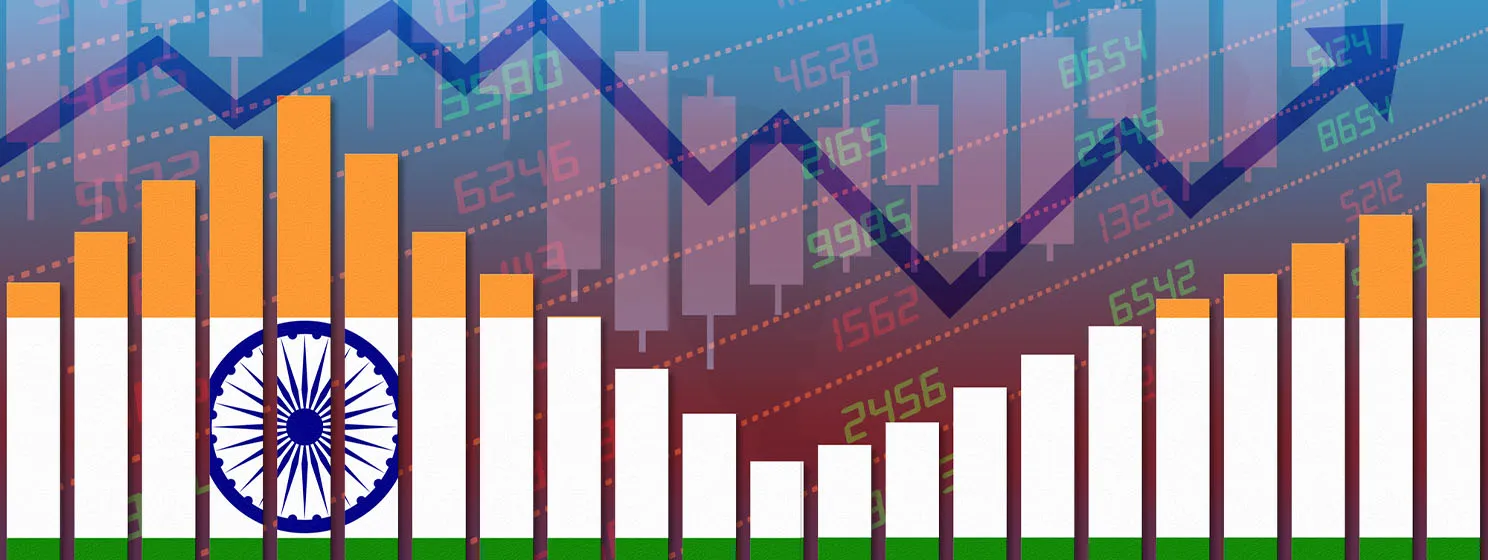|
Getting your Trinity Audio player ready...
|
The newly appointed governor of the Reserve Bank of India (RBI), Sanjay Malhotra, has signaled that the financial landscape will continue to face significant challenges in the medium term. He pointed to the growing uncertainties posed by the rapid rise of new and emerging technologies.
“The medium-term outlook remains challenging, with downside risks from possible intensification of geopolitical conflicts, sporadic financial market turmoil, extreme climate events and rising indebtedness. Stretched asset valuations, fragilities in the less regulated non-bank financial intermediaries, and threats from new and emerging technologies also add to the evolving uncertain outlook,” Malhotra said in the foreword of the December 2024 edition of RBI’s Financial Stability Report.
This marked Malhotra’s first public statement on the Indian economy since taking office as the RBI governor. Malhotra’s appointment comes at a time when India is grappling with slowing economic growth and inflation. During the second quarter (July-September) of the current financial year, India’s economic growth slowed to 5.4%, falling short of market forecasts. This represents a sharp decline from the 7.6% growth recorded in the same period last year and the 6.7% growth seen in the previous April-June quarter.
Finance Minister Nirmala Sitharaman was quick to emphasize that the “less than expected” 5.4% growth in the September quarter, which followed the national elections, should not be used as a basis for predicting future growth. She highlighted that the average economic growth rate over the past three years has been 8.3%.
“Prospects for the Indian economy are expected to improve after the slowdown in the pace of economic activity in the first half of 2024-25. Consumer and business confidence for the year ahead remain high and the investment scenario is brighter as corporations step into 2025 with robust balance sheets and high profitability,” Malhotra said.
“We remain committed to developing a modern financial system that is customer-centric, technologically leveraged and financially inclusive,” Malhotra stated in the Financial Stability Report.
Being an engineer himself, Malhotra recently transitioned from his position as Revenue Secretary in the Finance Ministry to be appointed as the new RBI governor for a three-year term beginning December 2024. A 1990-batch officer of the Indian Administrative Service, Malhotra brings over three decades of experience in information technology, finance, taxation, and public policy.
Emerging tech risks in the financial sector
In the local financial sector, there has been a notable surge in focus on emerging technologies in the post-pandemic era. This shift is evident in the progress made, as well as in the recognition and commitment highlighted in the annual reports of major banks and non-banking financial companies (NBFCs), the Financial Stability Report said.
A recent survey conducted by the RBI in November 2024, aimed at assessing the adoption of emerging technologies and their associated risks to the domestic financial sector, revealed that cloud computing and artificial intelligence/machine learning (AI/ML) were the two most widely implemented technologies among major Indian banks.
Cloud computing helps lower the cost of financial services by providing easier access to infrastructure and enabling economies of scale. Meanwhile, respondents primarily use AI/ML technologies for customer service, sales and marketing, risk management, and processes related to know your customer (KYC) procedures.
Interestingly, banks increasingly turn to outsourcing for emerging technologies, likely driven by the need for specialized IT expertise and cost efficiency, while internal resources remain concentrated on core functions. Regarding expenditure, the report noted that 61% of the responding banks have allocated less than 10% of their IT budget to these initiatives in the current financial year, the Financial Stability Report pointed out.
Survey respondents indicated that, in relative terms, cloud computing and AI/ML are seen as the technologies carrying the highest risks. In terms of specific threats posed by AI/ML, key concerns highlighted were third-party vendor risks, cybersecurity vulnerabilities, and potential reputational damage. Quantum computing was also viewed as an emerging technology with significant risks, particularly due to its potential to undermine encryption algorithms. Notably, over 80% of the respondent banks have fully or partially outsourced at least one emerging technology.
In terms of risk mitigation, banks have demonstrated relatively better preparedness in maintaining backup of critical data. Larger banks are proactive in adopting mitigation measures due to the availability of adequate resources and expertise. However, regular compliance audits and training of IT/ security personnel are two important areas that require improvement, as per the respondents. Forensic preparedness and business continuity plans also need improvement to strengthen resilience against emerging technology-related incidents.
Watch: What’s going on with blockchain technology in India?

 06-30-2025
06-30-2025 





